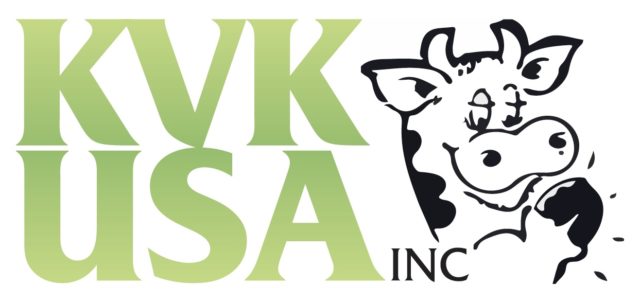Editor’s note: The following opinion editorial was submitted to Progressive Dairyman by the Ethanol Promotion and Information Council. Ethanol continues to take hits from detractors both inside and outside of agriculture. An article in an early January issue of Progressive Dairyman put the bull’s eye on the back of ethanol production in relation to the price of feed grains and a few other points. We appreciate this forum for response.
First, identifying the expansion of ethanol production as the factor behind increased feed grain prices impacting the dairy industry is nearly as ludicrous as saying pencils are the cause of misspelled words. In 1995 and 1996, when corn futures prices hit records as high as $5.00, ethanol production was at minimal levels. Could it be that a drop in production, coinciding with very strong export demand, is to blame?
Those who didn’t sleep through economics class know we live in a global economy where an extensive assortment of complex interrelated factors drive supply and demand and ultimately the price of goods and services (i.e., the price of feed grains).
Let’s take into consideration a few of these factors:
World demand for feed grains is high, as the standard of living in developing countries increases, creating a subsequent demand for animal protein, ultimately increasing demand for feed grains and pushing prices up.
Wheat production in 2007 and yields projected for some countries in 2008 are down due to weather. A lower global wheat supply means higher wheat prices, causing livestock feeders around the world to use more coarse grains, including corn, in their rations. (See point #1*)
On January 11, the USDA estimated record-high season-average soybean prices of $9.90 to $10.90 for 2008. At these prices, the soybean-to-corn price ratio moves to 2.65 from about 2.0 this time last year. This favorable position for soybeans means lower corn acres. A resulting estimated 10 percent increase in soybean acres, mostly at the expense of corn, means corn acres are estimated to drop 6 percent. Fewer acres > reduced production > lower supply > higher prices.
Lighter-than-normal rainfall in South American growing regions is another factor that will keep soybean prices volatile, at least until the crop is harvested in the next four to six weeks, and that will potentially impact corn acres and corn production.
High prices for soybean oil and meal are influenced by demand for livestock feed around the world as well as lower U.S. soybean production in 2007, resulting from a large shift to corn acres.
In the January report, the USDA also lowered corn supplies for 2007/2008 to 94 million bushels based on lower estimated production.
Expansion of the U.S. sow herd also is putting pressure on demand for feed grains and soybeans.
Our challenge today is much larger than agricultural commodity prices. Our challenge is $100 per barrel oil and its impact on all levels of the U.S. economy.
On the consumer side, the American public is being fed a steady diet of misinformation from ethanol detractors that every increase in the grocery aisles of their neighborhood store is the result of this renewable fuel.
Numerous studies have shown that rising energy costs have a significantly greater impact on food prices than a rise in corn prices. A 33 percent rise in crude oil prices (which translates into a $1 per gallon increase in the price of regular unleaded gasoline) results in a 0.6 to 0.9 percent rise in the Consumer Price Index (CPI) for food. An increase of $1 for a bushel of corn would cause the CPI for food to increase by only 0.3 percent.
Increased labor, packaging and fuel costs all play a role in rising food prices. The impact of ethanol upon food prices is minimal. But yet the blame game continues.
Where is the outcry when oil prices hit $100 a barrel? Motorists and farmers alike struggle with gas prices that are 85 cents higher a gallon than a year ago, inflated diesel prices and increased prices for fertilizer. Record heating oil prices present tough choices for many homeowners. A Consumer Federation of America report found that over the last five years, household energy expenditures have nearly doubled and are now more than 23 percent more than spending on food.
Big and small business suffers. According to the Air Transport Association, every $1 increase in the per-barrel price of oil adds $470 million a year in jet fuel costs to the U.S. airline industry. Oil is a crucial raw material in most chemicals and plastics, so higher prices impact the costs of finished goods.
Today, ethanol replaces gasoline that would require the use of 600,000 barrels of oil a day. America’s foreign oil bill continues to climb, to a record total of nearly one billion dollars a day, and oil from the Middle East accounts for approximately 17 percent of U.S. oil imports.
This isn’t good for consumers, corn growers or dairy producers. We must reduce our dependence on foreign oil. Today, ethanol is a very viable option, and with the development of cellulosic ethanol and increased production efficiency of ethanol from starch sources, it will be more viable in the future.
In the meantime, we invite our friends in the dairy industry to consider using distillers grains as a source to reduce the cost of their dairy rations. PD
Point omitted but is available upon request to editor@progressivedairy.com.




